Bring home the comfort of hygge and the perfect imperfection of wabi sabi with Japandi! Here’s your complete guide to this newly popular decor style.
Isn’t fusion a fun thing? I mean, you can add Indian spices to a Chinese dish to have your own special kind of noodles! The increasingly popular Japandi decor style is one such hybrid, featuring the best of two worlds – Japanese and Scandinavian!
Decor Styles 101: Japandi
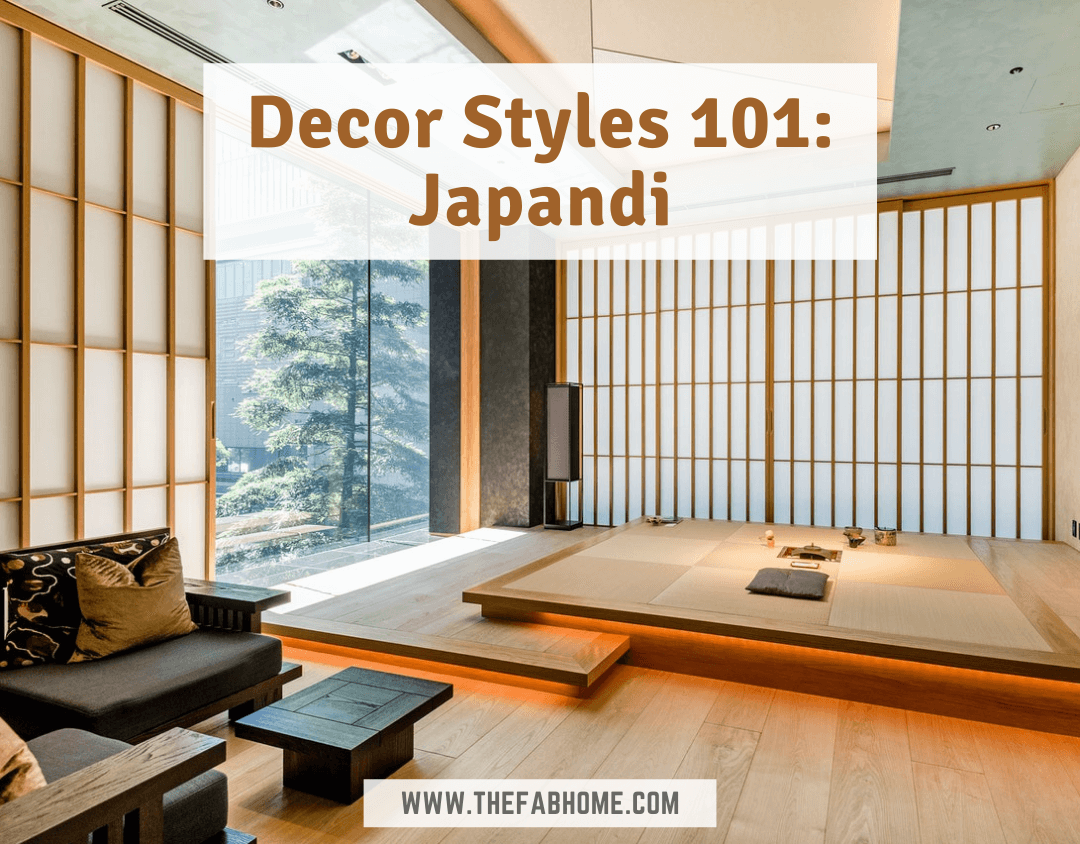
The Japandi decor style has risen in popularity these days, thanks to the lovely aesthetic and simplicity the style offers. This style combines the cozy comfort of hygge, the right number of items from Lagosm and the concept of finding beauty in imperfection from wabi sabi. That’s a lot of cultures rolled into one style!
However, while the description may sound complex, Japandi is rooted in simplicity and minimalism. It focuses on functional items that have clean lines and are durable. The general aesthetic is airy, comfortable and bright – without the use of too many colors.
Japandi is also called ‘Japanordic’ or ‘Scandenese’, although I prefer Japandi – has a nice ring to it! If you’re familiar with the individual styles, you might be wondering what the combined style looks like. Here is a look at the characteristics of Japandi style.
Characteristics of Japandi Style
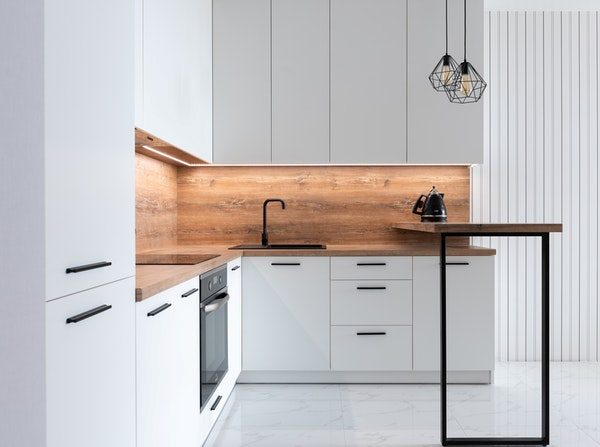
- Japandi features open spaces, uncluttered surfaces and natural light
- There are often big windows and sliding doors that offer a great view
- Natural materials feature prominently in furniture, fabrics and decor items
- There is a preference for handmade products, along with their imperfections
- Japandi encourages the use of sustainable materials
8 Ways to bring Japandi Style to your Space
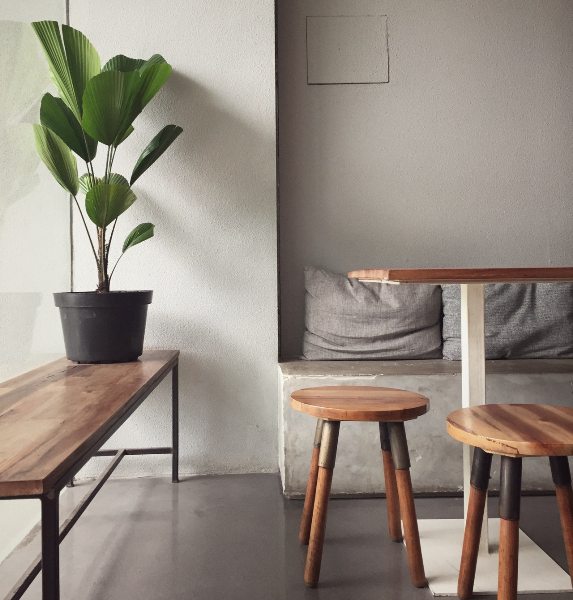
1. Choose Neutral Colors

The color palette in Japandi should be chosen carefully, since this contributes significantly to how calm the room appears. Neutral colors are preferred, like browns, beige and grey. Lighter shades of blue and green also work. Unlike Scandinavian style, Japandi also features black, especially to add a contrast to the lighter colors.
2. Use Natural Materials

With a neutral color scheme, natural materials fit in beautifully with the decor. Wood and bamboo furniture are popular in Japandi style, especially if they are recycled. Light oak is a color that adds to the light and bright look. Natural fabrics like cotton and linen are ideal for furnishings. For other items, go for ceramics, terracotta and paper.
3. Maintain a Simple Layout
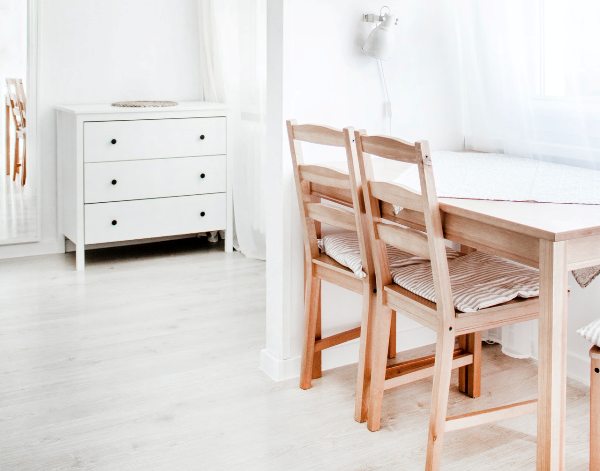
When you enter a room styled in Japandi, the first impression should be of an open, airy space that’s inviting and comforting. You can achieve this by ensuring a free flow of movement by removing obstructions and unnecessary furniture. Choose slimmer designs if you have a small home, so there is more space around.
4. Go Low with Furniture

Most Japanese people do things close to the ground, so a lot of their furniture is quite low. Japandi style reflects this sentiment, so you can choose low beds and sofas. If you like, you can also place the mattress directly on the floor, as well as floor cushions for seating.
5. Cut down on Visual Clutter
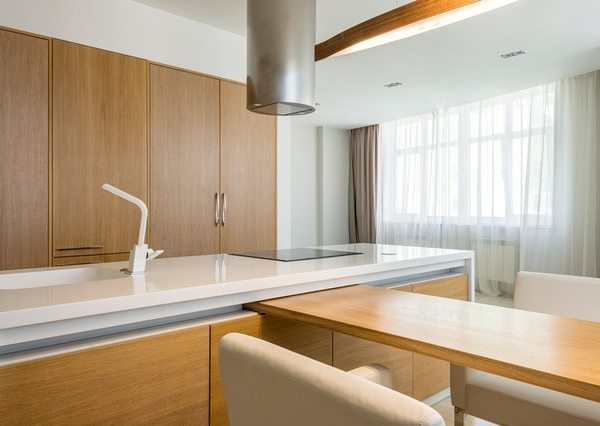
Reducing visual clutter is a big part of incorporating the Japandi style in your home. Keep surfaces, tables, shelves and countertops as clean as you can. If you absolutely must have some things out, put them on a tray or in a box to hide them. Remove labels from bottles and jars to add to the ‘clean’ look.
6. Invest in Good Quality Pieces
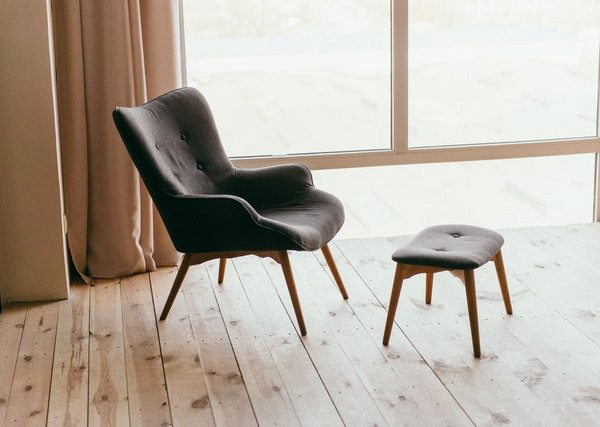
Japandi is all about quality over quantity. Forget about cheap, use-and-throw type furniture and look for sturdy, durable pieces that will last a long time. Handmade furniture tends to be more well built, and come with subtle imperfections that are true to the style. Not only does this save you money in the long run, it’s also good for the environment.
7. Limit Decor Accessories
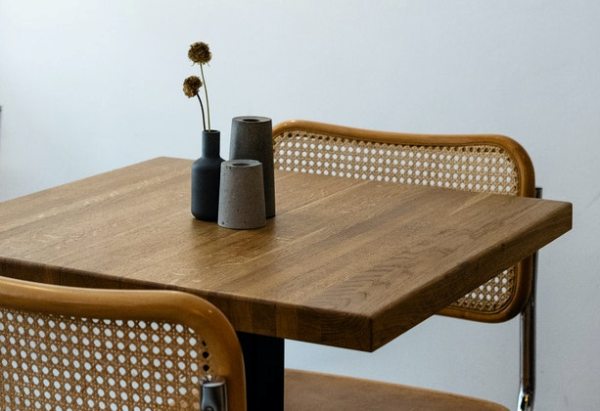
Japandi style is all about functionality over form, and items that are purely decorative are generally discouraged. Instead, let your regularly used items serve as decor. For instance, books, cushions, crockery are all great ways to add some decorative elements without increasing the number of items in your home.
8. Bring in some Greenery
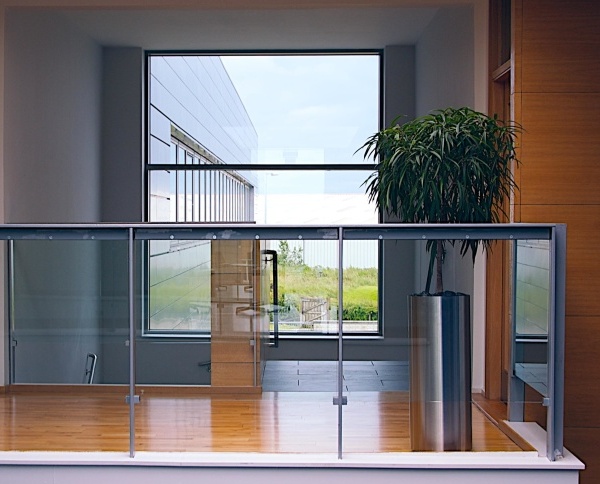
In Japandi style, plants aren’t decorative – they have an important purpose of purifying the air you breathe. However, the ‘urban jungle’ or boho look with lots of plants doesn’t go with the minimalistic spirit of Japandi. Instead, opt for tall plants or bonsais or hanging planters. One large plant is better than a cluster of smaller ones. You can also bring the outside indoors with large windows.
By now, I’m sure you’ve got a good idea of what Japandi means. If you’re a person who loves bright colors and displaying lots of decorative accents, this look will feel too underwhelming and bare. However, if you have been thinking about minimalism for a while, Japandi is a good place to start. It’s also a great style for really tiny apartments. At the end of the day, Japandi is more a philosophy than a decor style, and you’ll soon find that the minimalism makes not just your home, but your life a lot simpler!
This post is a part of the Blogchatter A2Z Blogging Challenge 2021.
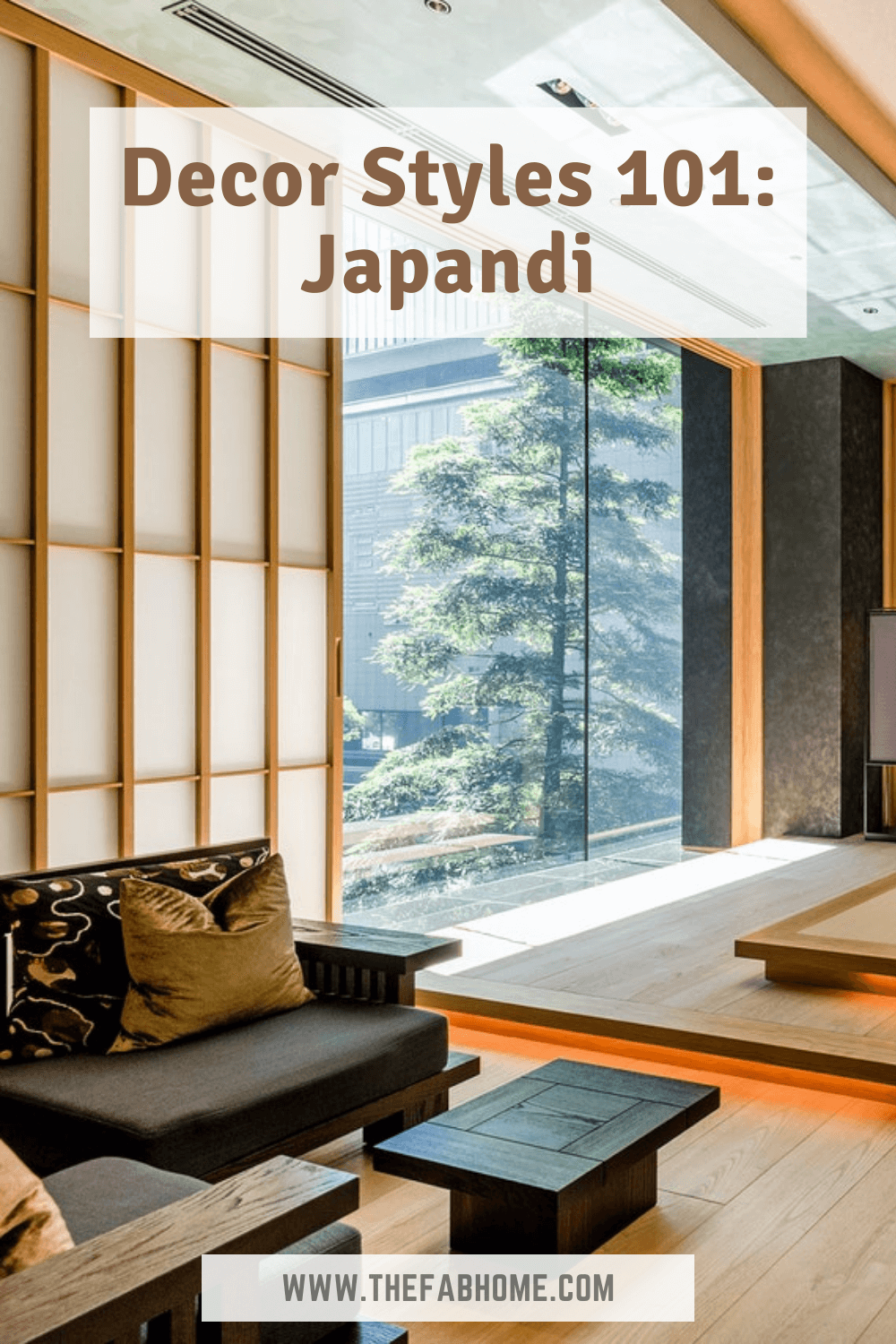

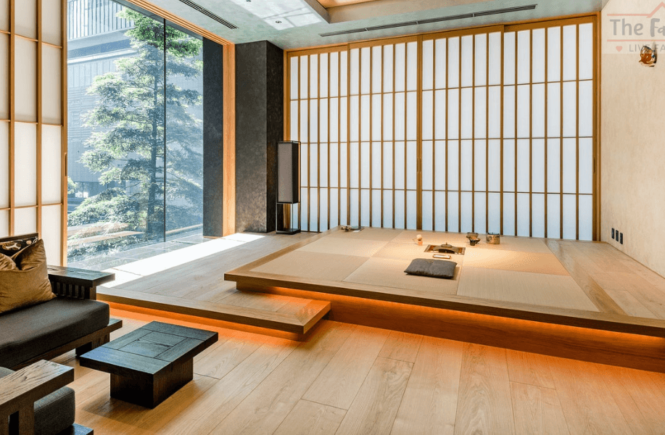

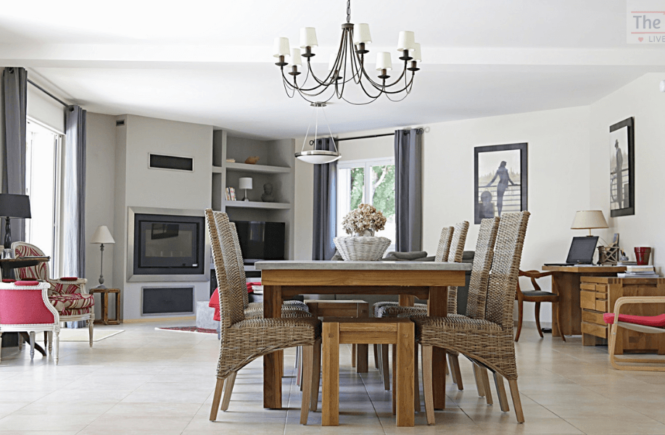
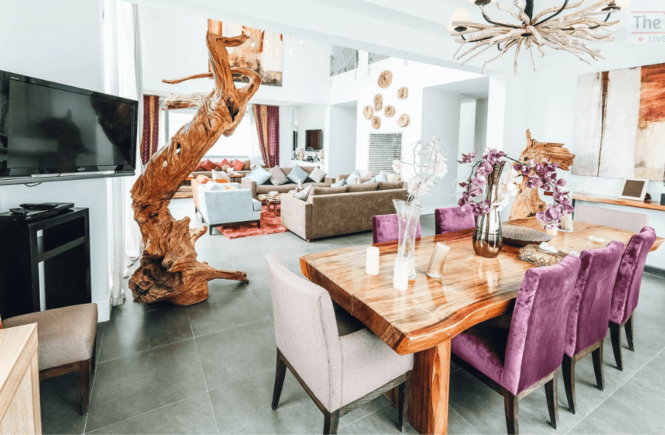
3 Comments
This is an eye-opener of sorts for me. Never knew of Japandi. I loved that it has open spaces and cuts down on visual clutter, less decorative pieces, even the plants are added for a purpose. Minimalist as u said
Deepika Sharma
I love this style, so minimalistic, so Scandinavian! I feel like throwing everything out of my home now!